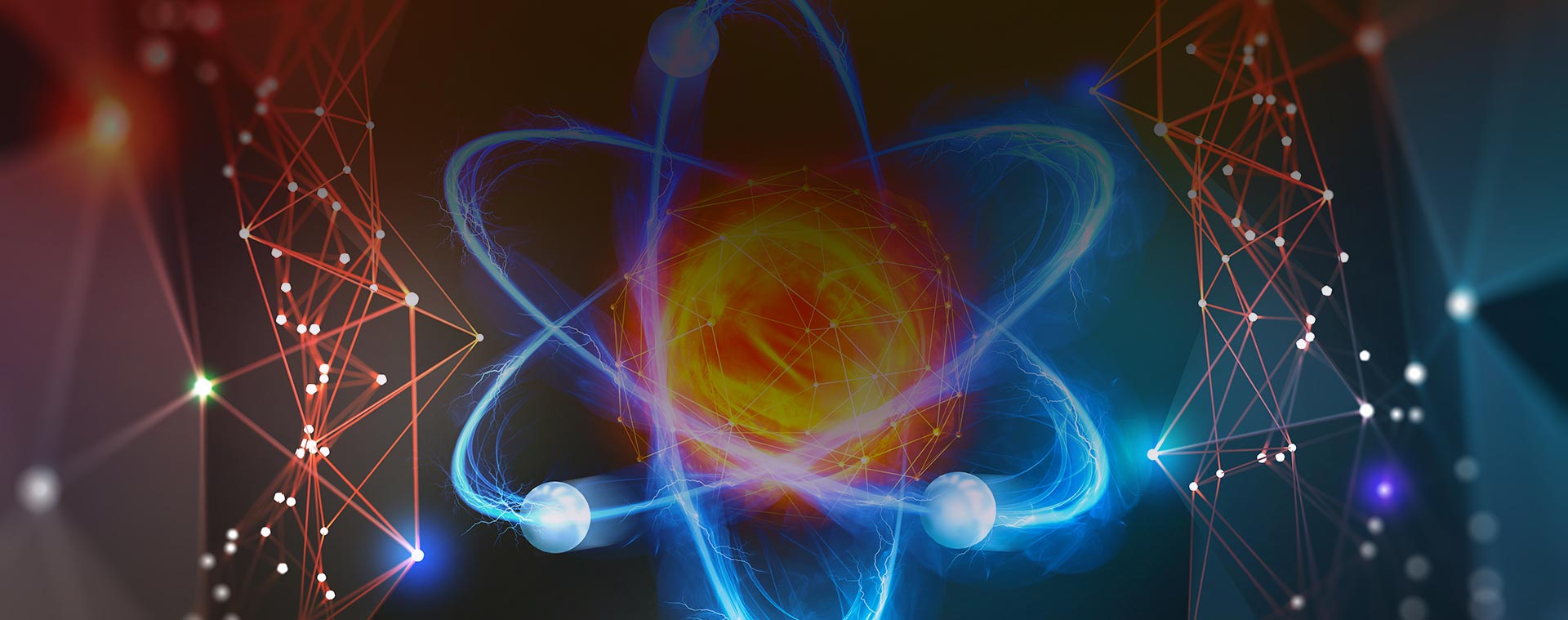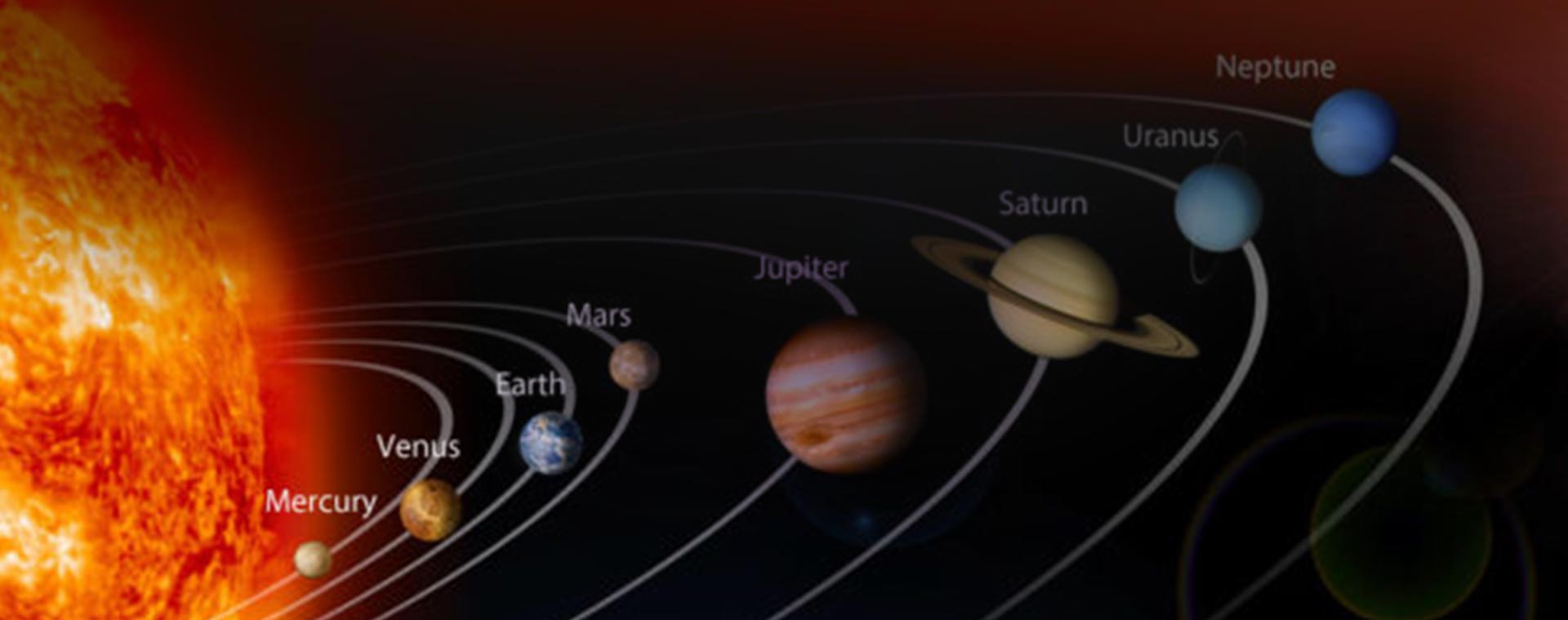Seminar Details
This thesis presents a comprehensive study on the emergence of non-trivial phases in one-dimensional non-Hermitian quasiperiodic systems, with asymmetry in hopping. In particular, we put an emphasis on the investigation of the interconnection between spectral features, delocalization&ndashlocalization (DL) transitions, and non-Hermitian skin effect (SE) under various extensions such as Rashba spin-orbit (RSO) interaction, time-periodic driving, and electron-electron interactions. Incorporating RSO interaction, we find that the DL transition is accompanied by a spectral transition and persistent time-reversal symmetry (TRS) breaking across all strengths of the potential. The system exhibits SE even with complex eigenenergies. Despite spectral localization, we find non-trivial dynamical transport such as hyperdiffusion or negative diffusion, governed by the strength of RSO interaction. We next introduce a time-periodic drive in the asymmetric hopping and analyze the Floquet dynamics. We uncover that the SE is suppressed up to a strength of this asymmetry owing to the emergence of extended unitarity. At high driving frequencies, we have demonstrated analytically that the system under periodic boundary conditions (PBC) behaves as a Hermitian analogue, in stark contrast to the static counterpart. These findings offer an avenue for light control through a funneling mechanism. Further, we explore the impact of a sinusoidally driven electric field, where slow modulation eliminates the Wannier&ndashStark localization and generates multiple mobility edges, while high-frequency drives induce usual sharp DL transitions. Interestingly, the SE&mdash typically absent under a static field&mdash re-emerges in specific driven regimes, showing multifractal characteristics and is tied to the breakdown of extended unitarity. These results are further established from the dynamics of an initial excitation. Finally, we study the interplay of long-range hopping and nearest-neighbor interaction and reveal a mixture of multifractal and localized states in the intermediate regime without sharp boundaries. We uncover that the real spectra associated to the TRS&mdash which also arises in multifractal states&mdash do not guarantee non-Hermitian many-body localization. Notably, the ergodic states under PBC can be topologically non-trivial without manifesting SE under open boundaries. Altogether, the various findings in this thesis challenge conventional theoretical expectations and provide valuable insights for experimental exploration across cold-atomic setups and photonic lattices.


